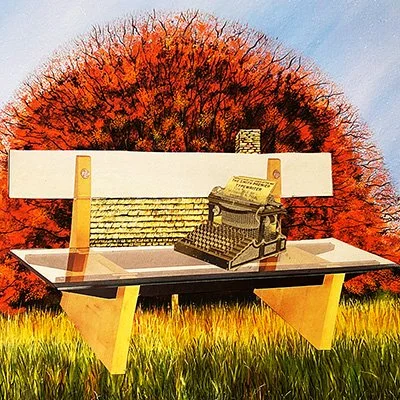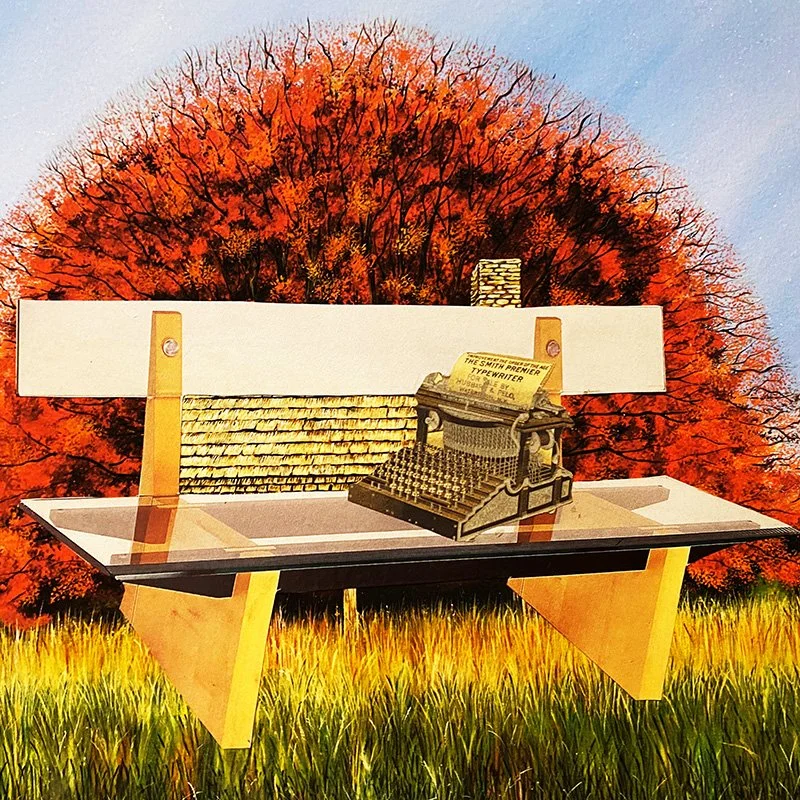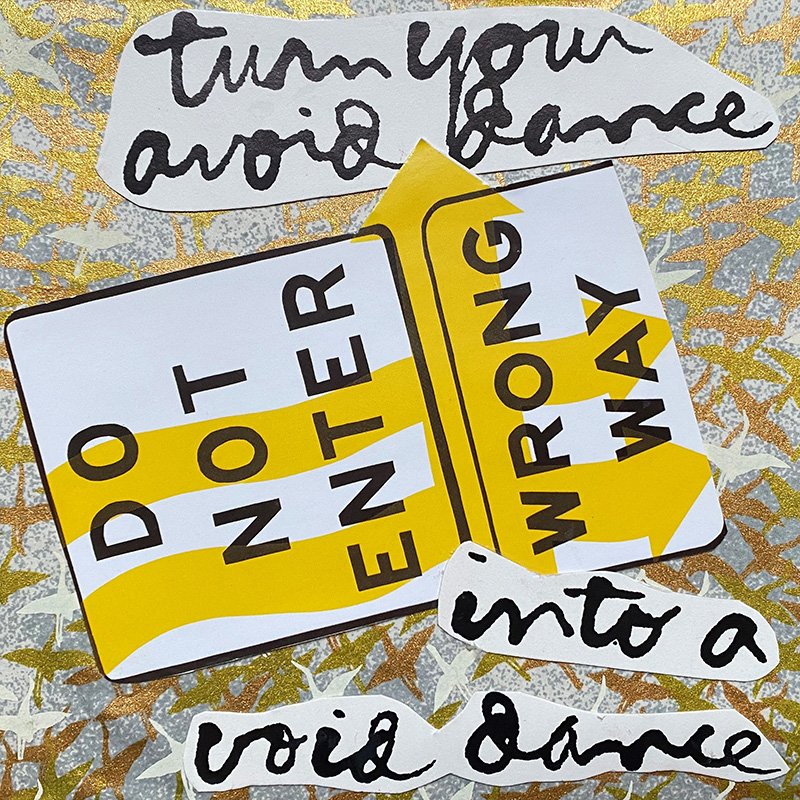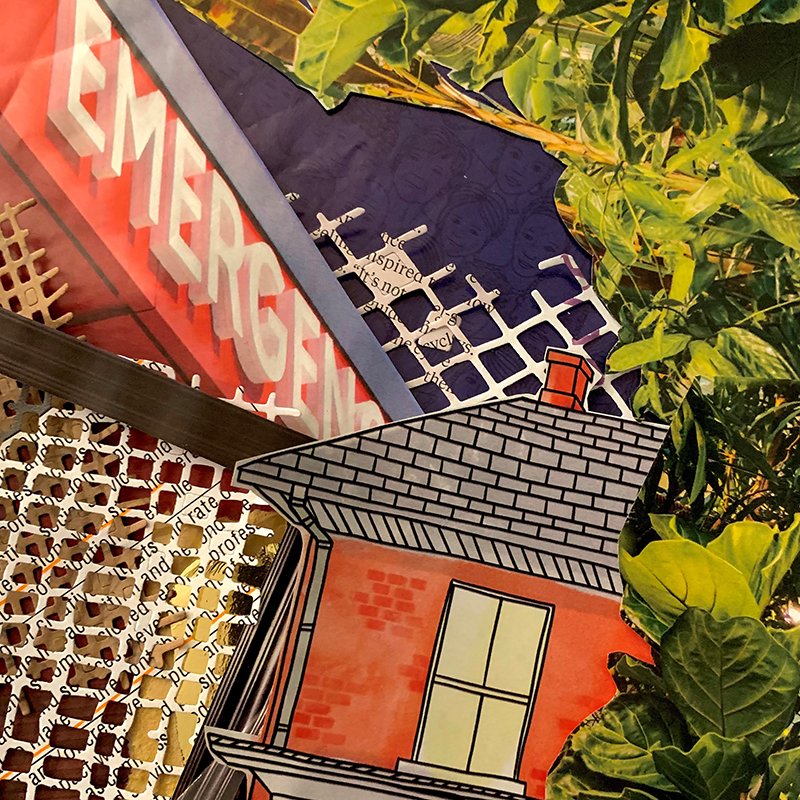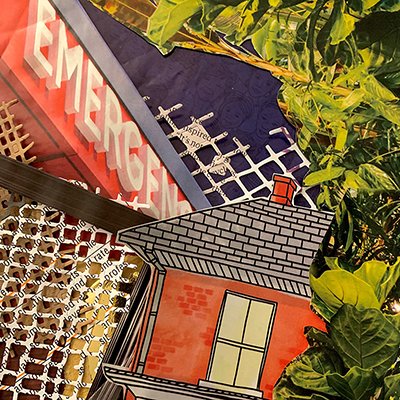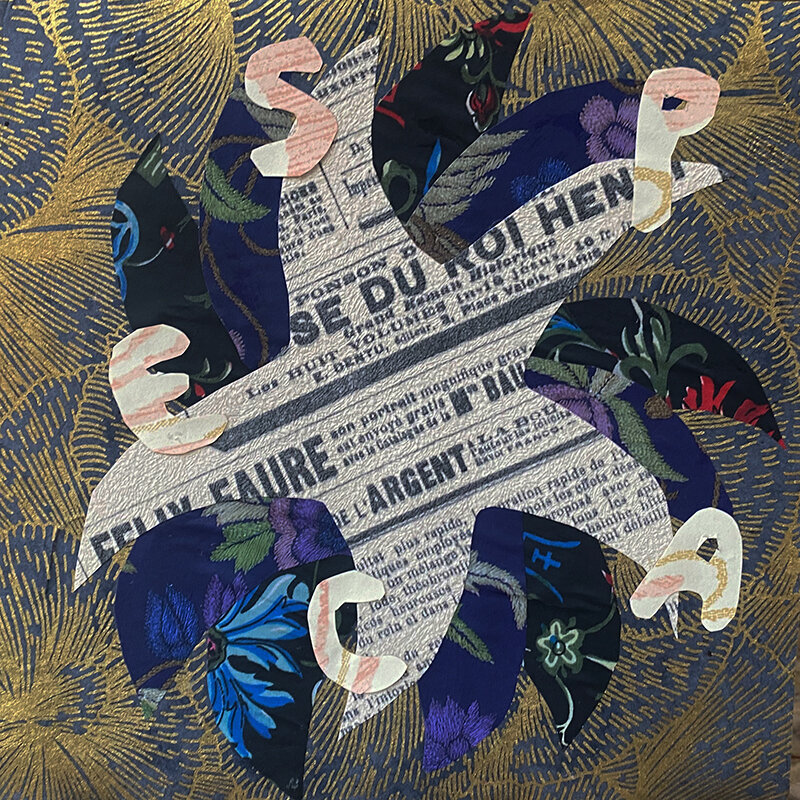Only connect the poetry and the prose, and both will be exalted.
(E. M. Forster, Howard's End, 1910)
I was honoured and delighted to run this serendipitous WriteSPACE Special Event — a lively, wide-ranging conversation on the theme of “Writing to Connect” with singer-songwriter-author Amanda Palmer — on Tuesday, March 22.
If you're not already familiar with Amanda as the frontwoman of the legendary indie-punk band The Dresden Dolls, perhaps you're among the millions of people who have watched her amazing TED talk on the Art of Asking; or maybe you've read her New York Times best-selling book of the same title; or you might remember hearing about her as the first artist ever to raise more than one million dollars from a Kickstarter campaign.
With Amanda dressed in a flowing kimono and clutching her trusty ukelele, we sat on the sofa in my Auckland study and talked (and sang and riffed) for nearly two hours about authorship, social media, and the art of connecting with various kinds of audiences.
WriteSPACE member Nina Ginsberg captured the conversation:
For this month’s special event, we had over 200 people attend a lively discussion with special guest Amanda Palmer. As a musician and songwriter, Amanda is a solo artist and collaborator and best known for her work with The Dresden Dolls, Evelyn Evelyn, and more recently as Amanda Palmer and the Grand Theft Orchestra. Amanda is also a well-known author, performer, creative, crowdfunder, collaborator, influencer and public speaker.
After a warm ukulele welcome song, we heard about Amanda’s extensive, explicit and experimental forays connecting art and audience. She and Helen covered a huge range of topics, with a focus on creating, making, and connecting to audience(s). There was much to talk about and the attendees were very engaged. Throughout the session, the chat was overflowing with ideas, suggestions, resources, encouragement and questions and we ended up (happily) going over time.
Amanda explained that she sees her artistic practice as a house. The outside street is ‘the world’, the space where artists sell and share their work. The foyer is where social media resides; the forward-facing living room is ‘the artspace’ where Amanda spends time creating and making; and the kitchen out back, where she takes time to reflect and recharge, is the place where she invites her most trusted supporters. (For Amanda these are her Patreons). The kitchen is a place located away from the world (street) where you can sit with friends at the end of the night with a glass of wine and review the day with support and honesty. It is the kitchen that reveals the process. (See the recording in the WriteSPACE Library to hear Amanda’s full description of this metaphor).
From there, Amanda and Helen discussed:
inpaid labour and creative work as the common ground between artists and academics
life lessons from anxious dogs
using social media to build and connect to audiences
how long (and how much effort) it takes to ‘make/create/write a thing’ versus how long it takes to share and promote it
writing for academics, non-academics and the role of blogs, social media and the importance of sticking your toe in and developing a social media practice that has boundaries and supports your art, rather than sucking the life out of it
the challenges of voice, legitimacy, vulnerability, visibility, authenticity, and using ‘correct’ vocabulary
How she overcame ‘a dark night of the soul’ moment in which she thought ‘I am not qualified to write this book’
Who is your audience and how to find (your) voice to connect with people.
Amanda generously shared her experience and advice on using various platforms (Twitter, TED, Tik Tok, Instagram, YouTube, Patreon) and what to consider when ‘sharing yourself’ in the process of putting your work out there. Amanda spends a lot of time inviting people in and engaging with everyone, and this of course led into discussions of how much to share of yourself as a creative and where, how, and when to be vulnerable.
At one stage, Amanda asked the audience if anyone was waiting for permission or instruction from someone else to make the next move. Later she asked: ‘What does my work mean to you? What does it look like to you… the world of Rock ‘n’ Roll and the world of academia?’
Amanda spoke about her creative and writing processes. It took her six weeks to write her book “The art of asking; or, how I learned to stop worrying and let people help”, but over a year to edit due to many ups and downs along the way. She explained how her approaches and identity have developed over time: she used to identity as ‘a musician’, but she now refers to herself using words like ‘connector’, ‘creator’ or ‘broadcaster’ to show how creative agencies blur beyond the distinct limits of only know as a ‘poet’, ‘writer’, or ‘author’.
Quote of the session (Amanda): “All your choices go into the compost of art-writing-making”.
Amanda recalled how her early-career choice of writing an email to fans in the first rather than third person became a pivotal ‘cleave in the road’ moment in deciding what kind of artist she wanted to be. This led to the deeper probing of choosing which voice to write in, why academic writing is historically so cumbersome and the tension between using Plain English and ‘learning the language of a discipline’ - which many attendees could relate to.
Amanda told a number of tales from the crypt that show how her thinking and practices continue to evolve. One was what she learned after a recent Tik Tok video of her passionately singing a song from Encanto went viral, and the amusing and confusing questions it raised. Another was when, as a first-time author, she started thinking: ‘I am not qualified to write this book.’ To counter this, she told herself: “But you have learned something. Don't try and teach people something in this book, just tell them what you learned. You do you, Boo.”
We spent a lot of time talking about audience, connection and being a capable and confident creator – regardless of what you are working on. Amanda often shares with Patreons when she is struggling with her work and explained how the image of ‘a person doing the runway lights’ was helpful for thinking through next steps.
Final one-word poem
We closed out with our usual one-word poem sung by Amanda playing the ukulele as it emerged in the chat:
armadillo, love, empowering, bravery, do, village, sunflower, unexpected, musikology, artcast, confidence, vulnerability, soft, collages, sunmadillo, connection, art, soft belly, broadcast, gesamtkunstwerk, dare, hug, funflower, sunadillo, innocence, explore, backbone, people, natural, heart, spit, merlin, authentic, brené brown, biglove, so awesome.
A few other ideas bouncing around were:
The German word ‘gesamtkunstwerk’ to describe a full(er) body of work.
Being selectively vulnerable
Slow down, dig in, go for quality
The smokescreen of vocabulary
Amy Cutty, Brene Brown and Steven Pinker - academics going mainstream
The difference between supporting a person/creative and not a product/outcome
Seeing hashtag(s) as the internet card catalogue
How much of doing social media is ‘work’
Is it nobler on the web/to suffer the trolls and comments of outrageous potential?
Giving art away is so much like Poetic Mischief in the Park
Finding the little breadcrumbs of source or whatever and empowering others to find their own breadcrumb path
The idea (possibly myth?) that Kahneman and Tversky would go visit EACH of their critics and design a study WITH them to settle (whatever) question and that's how one of the attendees wanted to grow and challenge themselves - dialectically engaging with people who challenge them
Being a ‘Hot Mess Artist’
Just write your story - 30 mins a day without references
Using ‘I’ is like stepping off the stage to crowd surf as an academic
The Queen doesn’t say/use “I” – how lonely
How to find your voice …literally, as a singer/performer/artist, and figuratively, in my artistic expression/writing?
Lessening the feeling of being inferior, not being academic (enough), and doing something messy
The Invention of Yesterday by Ansary (an Afghani-American historian). Lovely narrative and a favourite of many.
How do you refer to your influence [s] in a creative writing piece without spoon-feeding the reader/audience?
“We are not nouns, we are verbs. I am not a thing - an actor, a writer - I am a person who does things - I write, I act - and I never know what I'm going to do next. I think you can be imprisoned if you think of yourself as a noun.” Stephen Fry.
Being selectively vulnerable
Helen’s metaphor: self-preservation (an armadillo) versus openness to new learning (a sunflower). Amanda’s translation: strong back, soft front. Some other suggested variations on the armadillo-sunflower combo were a Funflower or a Sunadillo or an Armi(Sun)flower.
The full video of this inspiring session is now available in the WriteSPACE Library.
Not a member yet? Register here to receive an email with the video link.
Better yet, join the WriteSPACE with a free 30 day trial, and access our full Library of videos and other writing resources.
Subscribe here to Helen’s Word on Substack to access the full Substack archive and receive weekly subscriber-only newsletters (USD $5/month or $50/year).
WriteSPACE members enjoy a complimentary subscription to Helen’s Word as part of their membership plan (USD $15/month or $150/year).






